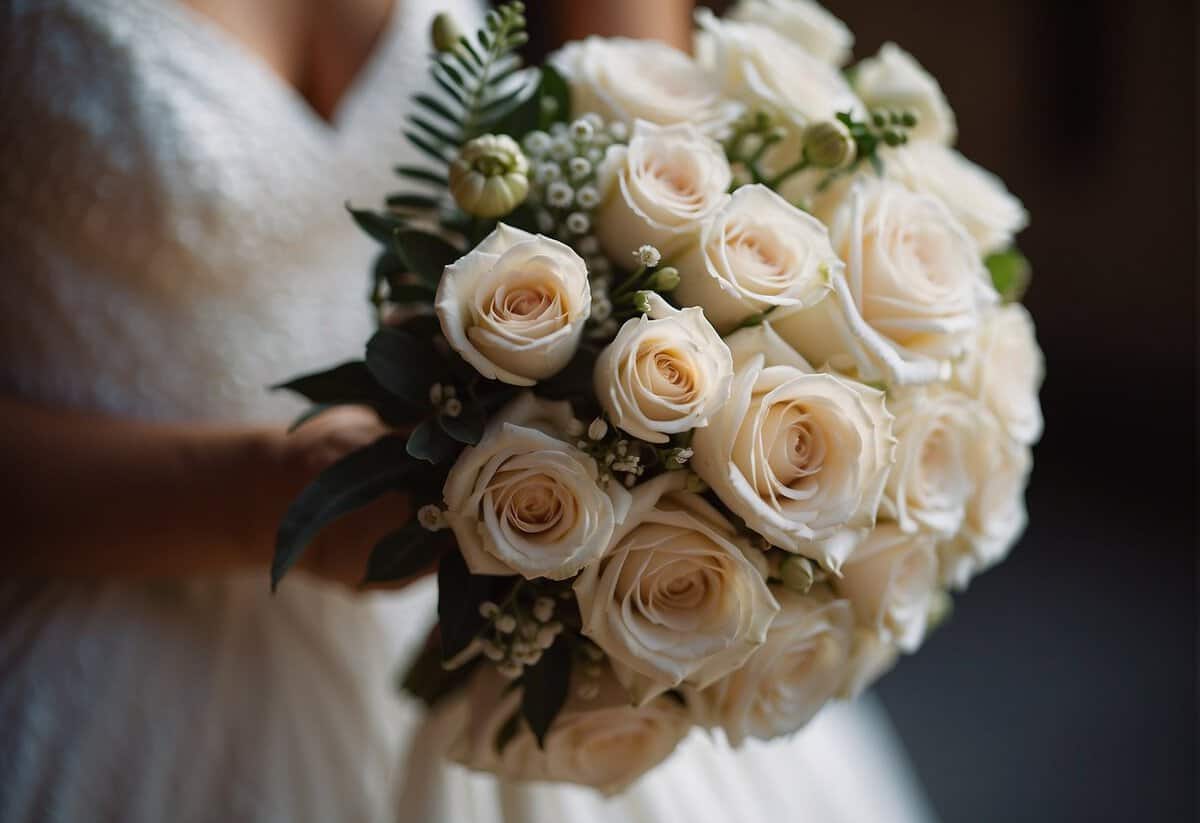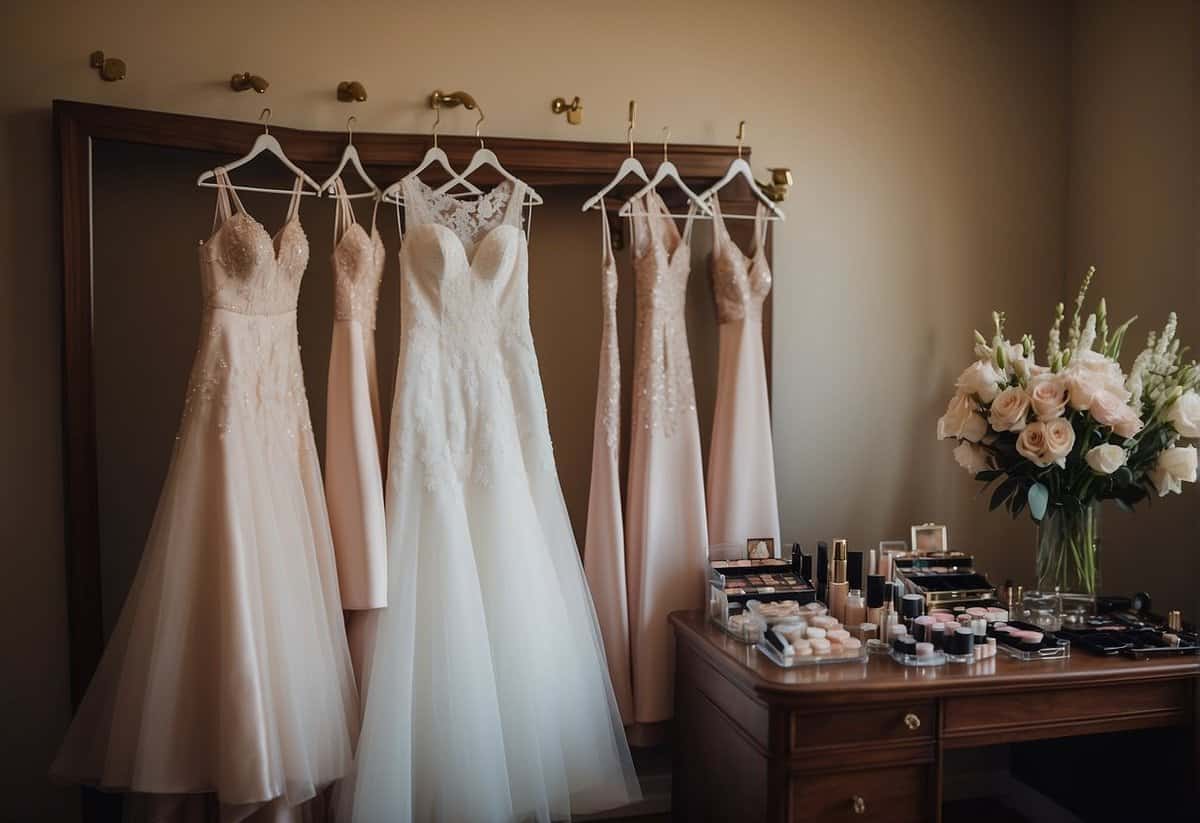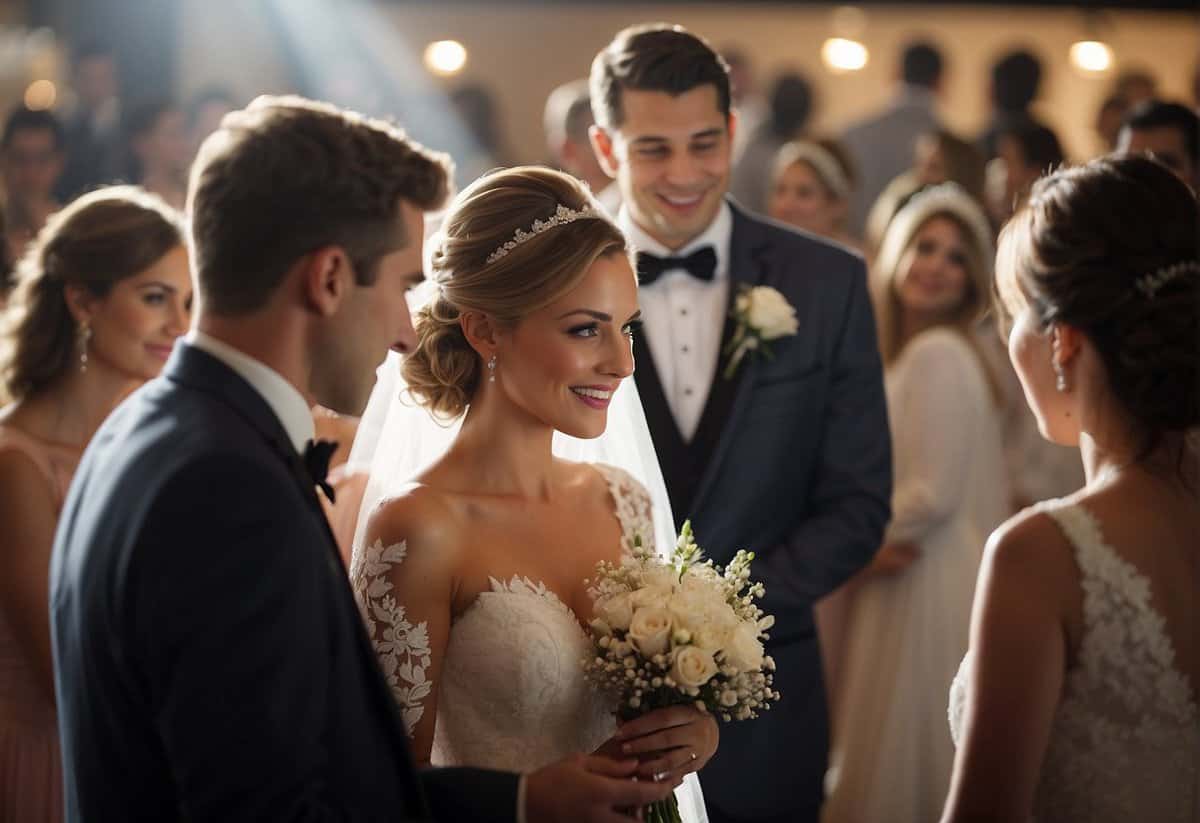Why Are Weddings Always About the Bride? Unveiling the Tradition’s Focus
Weddings are often seen as the bride’s special day—a notion that has woven itself into the fabric of many cultures around the world. This can lead you to wonder why the celebration seems to revolve so heavily around one half of the couple, leaving the groom seemingly in the shadows. Many aspects of traditional wedding ceremonies and the events leading up to them have historically highlighted the bride, from the white dress to the bridal shower. The focus on the bride stems from various cultural and historical influences that have shaped the way marriages are celebrated.

Yet, despite these deep-rooted traditions, modern weddings are evolving. You may notice couples making a conscious effort to create a more balanced approach, recognizing the groom’s role and emphasizing the union as a partnership. This shift reflects changing views on love, family, and marriage in today’s society, with an understanding that the celebration is about the commitment of both individuals equally. Still, the question of why weddings have typically centered around the bride remains a topic of conversation and curiosity.
Key Takeaways
- Weddings traditionally emphasize the bride due to historical and cultural practices.
- Modern couples are increasingly celebrating weddings as a partnership.
- The focus on the bride often reflects societal views on family and tradition.
Historical and Cultural Significance

As you dive into the world of weddings, you’ll notice how deeply tradition and culture have woven themselves into the fabric of these ceremonies. Every element, from the role of the bride to the timing of the wedding, has a story to tell.
Evolution of Wedding Traditions
Historically, wedding customs have evolved to reflect the values and beliefs of different societies. For instance, the tradition of a white wedding dress is relatively new, popularized by Queen Victoria in the 19th century as a symbol of purity and virginity. But looking further back, ancient Romans would have their brides wear tunics tied with a “knot of Hercules,” believing it to be difficult to untie, thereby symbolizing a lasting union. Many such customs persist or evolve; understanding their origins offers insight into why weddings are often bride-centric.
Role of the Bride in Different Societies
The bride has often occupied a central role in wedding traditions across cultures. In Ancient Rome, the bride was escorted by three boys to symbolize childhood’s end. Comparatively, Egyptian weddings had brides adorned in rich colors, signifying different attributes. Bridal customs have often reflected the society’s view on gender roles and the transition of guardianship from the bride’s family to the groom.
- Ancient Greeks: They considered it necessary to protect the bride from evil spirits on her wedding day.
- Ancient Rome: Brides carried herbs under their veils to ensure fortune and fidelity.
- Roman Times: The bride was central to wedding rituals honoring the Roman goddess Juno.
June Weddings and Their Popularity
You might wonder why June weddings are popular. It is a tradition that harks back to ancient Rome, when couples would marry in June to honor Juno, the goddess of marriage and childbirth. In more recent times, June symbolizes the start of pleasant weather and easier living conditions—historically the best time for a celebration. This month’s popularity for weddings speaks to the enduring influence of cultural symbolism and the desire for an auspicious start to a couple’s life together.
Wedding Ceremony and Symbolism

In a wedding ceremony, every detail holds symbolic significance, from the words you exchange to the attire you wear. This symbolism reinforces the importance of love, commitment, and the joining of two lives.
Exchanging of Vows
During the ceremony, you’ll hear the couple promise each other eternal love and dedication. These vows are not just words; they’re a pledge of a future together and a statement of the sacrifices and support that each partner will provide to the other.
The Ring: A Symbol of Eternity
The exchange of wedding rings is a central act in the ceremony. These bands, usually placed on the ring finger, have no beginning or end, symbolizing the perpetual nature of the couple’s love and commitment. Not just any pieces of jewelry, these rings often transition into an engagement ring, doubling as a sign of the intention to marry and the actual union.
The Significance of Wedding Attire
Your wedding attire speaks volumes about tradition and personal meaning. The white wedding dress traditionally symbolizes purity and new beginnings. A veil can represent modesty or an unveiling of a new life. Flowers often serve as symbols of happiness and fertility. The customs of wearing “something old, something new, something borrowed, something blue” provide connections to family, optimism for the future, borrowed happiness, and fidelity, respectively.
Wedding Preparation and Participation

As you approach your wedding day, it’s essential to understand the nuances of preparation and participation. This phase is typically when your commitment translates into a tangible celebration, carefully orchestrated with help from family and friends.
Planning and Organizing the Big Day
Bride’s Involvement: As the bride, you are often depicted as the central figure in the wedding planning process. From choosing the theme to picking out the perfect venue, your vision sets the tone for the celebration. It’s a period marked by significant decisions where your preferences in colors, styles, and even menu are brought to reality.
Balancing Act: Cultivating clear communication and compromise with your partner is vital. The planning process should reflect not just your individual desires, but also the essence of your relationship and the mutual love that’s being celebrated.
| Key Participants | Role in Planning |
|---|---|
| Bride | Primary decision maker in aesthetics and guest experience |
| Groom | Often involved in logistics and financial aspects |
| Bridesmaids | Support the bride in tasks and decision making |
| Family | May offer support, resources, and sometimes tradition-based guidance |
Planning Your Day:
- Set a Budget: Start by setting a realistic budget. This helps guide your choices and ensures your wedding aligns with your financial means.
- Create a Timeline: Engage in the process with a timeline in place to keep track of all tasks to be completed.
- Delegate Tasks: Don’t shoulder all the responsibility. Enlist your bridesmaids and willing family members to help.
Role of Family and Friends
Family Dynamics: Your family and friends play a significant role in supporting you. The tradition of a parent walking a bride down the aisle, for instance, is a powerful gesture encapsulating familial love and support. In many cultures, family members contribute by passing down traditions, some of which may influence various aspects of the ceremony and reception.
Circle of Support: Your bridesmaids and friends are there to help you navigate the planning process, provide emotional support, and keep any bridezilla moments at bay. It’s a time for your closest connections to join forces, sometimes forming committees to handle different aspects like the bridal shower or bachelorette party. Their role is also to ensure you feel loved and cherished throughout this journey.
- Seek Advice: Tap into the experience of married friends or family for guidance.
- Listen and Adapt: Be open to suggestions from guests but remember to stay true to what you envision for your day.
- Show Appreciation: Acknowledge the time and effort your loved ones contribute to making your wedding day unforgettable.
Keep these thoughts in mind as you step into the world of wedding planning. Remember, it’s your day, but it’s also a collective celebration of the love and commitment you share with your significant other and the community around you.
Frequently Asked Questions

Let’s explore some of the reasons and traditions that make weddings often appear as if they’re all about the bride.
What are the historical reasons for weddings being centered around the bride?
Historically, weddings were seen as a transition of care and responsibility from the bride’s family to the groom. From the bride’s dowry to the white dress symbolizing purity, these customs placed the bride at the heart of the ceremony.
How have wedding traditions evolved to focus on the bride?
As weddings took on more symbolic meaning related to beauty and celebration, the bride’s attire and role became more elaborate, making her the visual focus of the event.
Are there cultural aspects that dictate a wedding should center on the bride?
Different cultures have their unique customs, but many share the common thread of showcasing the bride. For instance, some see the wedding as the bride’s rite of passage into a new life, placing emphasis on her experience.
What role does the groom play in traditional wedding ceremonies?
In traditional ceremonies, the groom often plays a role that complements the bride, such as waiting at the altar or removing the veil, which can seem less central but is equally significant in the symbolism of union.
How do modern weddings balance attention between the bride and groom?
Modern weddings are increasingly focused on equality and partnership, with couples often opting for joint decisions in planning and personalized elements that highlight both the bride and groom’s personalities.
What are some common perceptions about the bride’s prominence in wedding celebrations?
There is a perception that weddings are the bride’s ‘big day’, and she often receives more attention regarding attire, planning, and the ceremonial process, though this is shifting as weddings become more inclusive of both partners’ visions.

